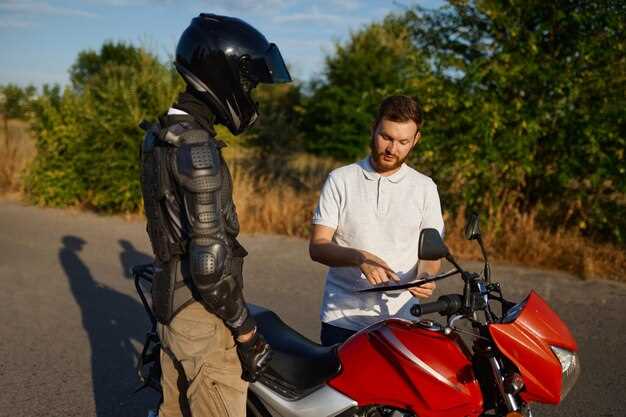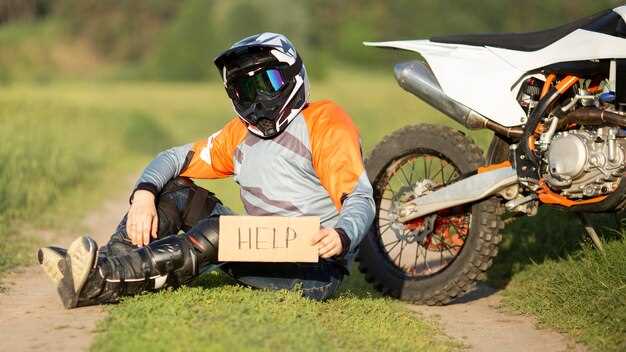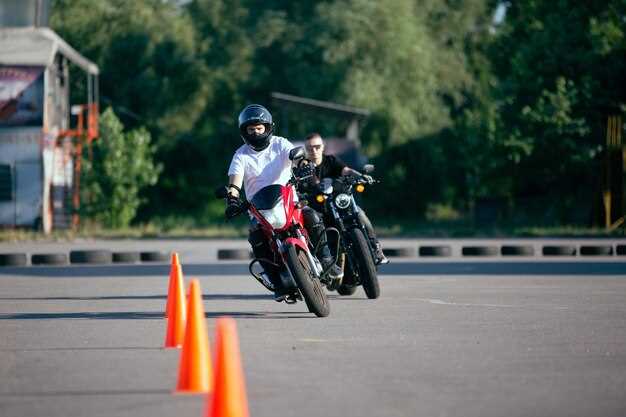
Entering the thrilling world of motorcycle racing can be both exhilarating and daunting for a beginner. Understanding the fundamentals of racing is crucial as it sets the stage for your journey ahead. The transition from casual riding to competitive racing involves not only improving your riding skills but also familiarizing yourself with the rules and regulations that govern the sport.
One of the key aspects of getting started in amateur racing is selecting the right motorcycle. Many beginners may feel overwhelmed by the variety of options available. It’s essential to choose a bike that balances power with manageability, allowing you to focus on developing your racing techniques without being intimidated by excessive speed or handling challenges.
In addition to finding the right motorcycle, understanding race etiquette and safety protocols is vital. Racing is not just about speed; it requires constant awareness of your surroundings and strategic decision-making. As a beginner, you should prioritize learning how to communicate effectively with fellow racers, which can prevent accidents and enhance the overall racing experience.
Choosing the Right Motorcycle for Your First Race

Selecting the right motorcycle is crucial for beginner racers. Your choice will significantly impact your performance and overall experience on the track. Start by determining the type of racing you want to engage in, as different disciplines have unique requirements. For example, motocross bikes are built for off-road conditions, while sport bikes are designed for speed on paved tracks.
Consider a motorcycle that is both manageable and forgiving. As a beginner, a lighter bike with a lower power output can help you build confidence without overwhelming you. Look for models with a smooth power delivery, as this will make handling the bike easier during your first race.
Invest in a bike that is designed for racing rather than a street-legal option. Racing bikes often come equipped with essential features for performance, such as advanced suspension systems and superior braking capabilities. These elements are vital for safety and control during competitive scenarios.
Don’t overlook the importance of comfort and ergonomics. Choose a motorcycle that fits your body size and shape. Spending hours racing will be uncomfortable on a bike that does not suit you. Test ride different models to find one that feels right while seated and standing.
Finally, research the community and support available for your chosen motorcycle. Many brands have dedicated forums and clubs where you can find resources, tips, and camaraderie among fellow racers. Engaging with a community can provide invaluable insights and help you improve your skills on the track.
Key Preparation Steps Before Race Day

Before the race day arrives, thorough preparation is crucial to ensure a successful experience in amateur motorcycle racing. Begin by reviewing your motorcycle’s condition. Perform routine maintenance checks, including oil changes, tire pressure adjustments, and brake inspections. Make sure all essential components are in optimal working order to prevent failures during the race.
Next, familiarize yourself with the race track. Study the layout, noting any challenging turns, elevation changes, and potential hazards. If possible, attend practice sessions to get a feel for the surface and environment. This knowledge will significantly enhance your racing strategy and boost your confidence.
Another essential prep step is to prepare your gear and equipment. Ensure that your helmet, gloves, and protective clothing meet safety standards and provide adequate protection. Consider the weather conditions on race day and adjust your gear accordingly. Additionally, pack necessary tools and spare parts in case of an emergency or breakdown.
Physical and mental readiness is equally important. Prior to race day, engage in a fitness routine that includes cardiovascular exercises, strength training, and flexibility workouts to improve your overall performance. Mental preparation through visualization techniques and stress management exercises can also contribute to a focused and calm mindset during the race.
Lastly, create a race day checklist to ensure you have everything you need, from personal items to motorcycle essentials. Having a structured plan will help you stay organized and reduce last-minute stress, allowing you to perform your best on race day.
Understanding Race Safety Gear Requirements
When diving into amateur motorcycle racing, a fundamental aspect that beginners must grasp is the importance of proper safety gear. Racing can be thrilling, but it also comes with inherent risks. Therefore, understanding what safety gear is required not only ensures compliance with race regulations but also enhances personal safety on the track.
Firstly, a high-quality helmet is non-negotiable. It should meet safety standards set by organizations such as Snell or DOT. A well-fitted helmet can significantly reduce the risk of head injuries during a race. Many racers opt for full-face helmets that provide the best coverage and protection.
Next, wearing an appropriate racing suit is crucial. Look for suits made from durable materials, such as leather or specialized textiles designed for abrasion resistance. A one-piece suit is often preferred for its seamless design, which minimizes the risk of skin exposure in the event of a fall.
Boots specifically designed for racing are also essential. They should provide adequate ankle support and be constructed from materials that can withstand high temperatures and impacts. Racing boots often feature reinforced toe sections, which help prevent injuries in a crash. Additionally, gloves are vital for maintaining grip on the handlebars. They should be made from sturdy leather or synthetic materials and cover the wrists to protect against abrasions.
Finally, body armor or padding can enhance safety further. Many racers choose to wear back protectors, knee guards, and chest protectors, which can absorb impacts and minimize injury during a crash. Making sure that all gear fits properly is key; loose equipment can shift during a race and reduce its protective capabilities.
For beginners, familiarizing oneself with local race regulations is important, as they may have specific requirements regarding safety gear. Ensuring compliance with these guidelines not only prepares you for the race but also contributes to a safer racing environment overall.
